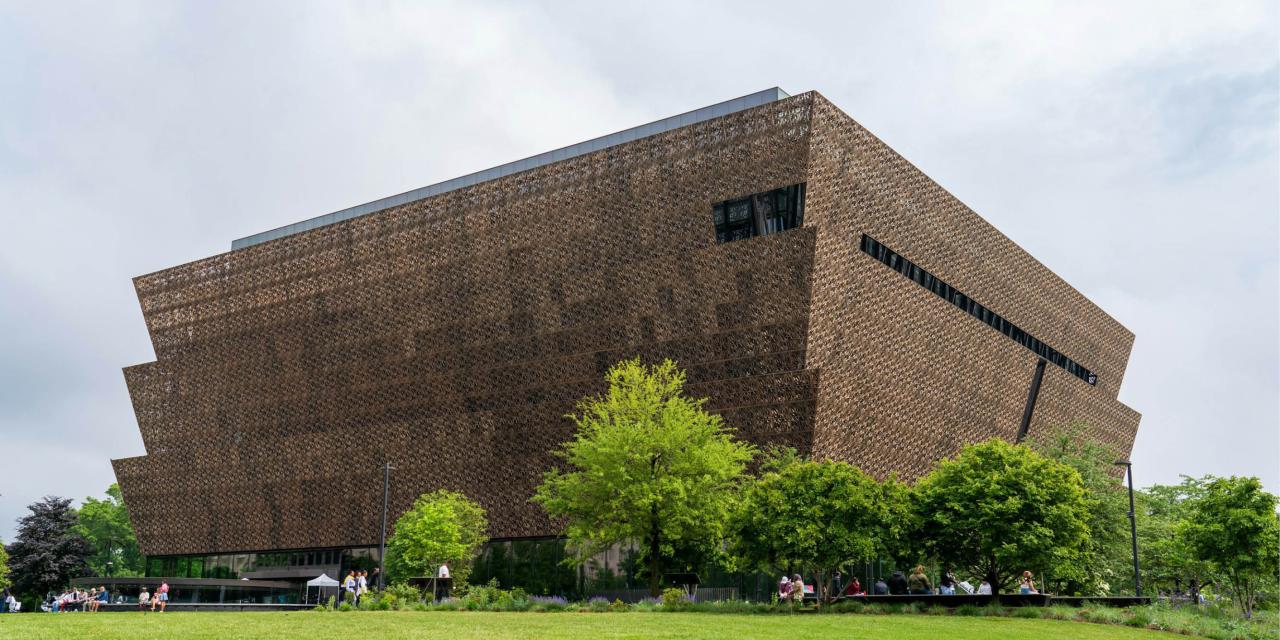When Isaac Wardell interviewed for the job of director of worship arts at Trinity Presbyterian Church in Charlottesville, Virginia, he learned how often worship changes hurt, confuse, or offend people.
“The senior pastor, Greg Thompson, had been there about three years. He talked in the interview about how, when he came, he made the mistake of casting the vision before building relationships,” Wardell says.
Wardell’s predecessor had been at Trinity for 30 years. In Wardell’s first year on the job, he and Thompson changed worship from praise music-sermon-song-depart to a more intentional shape that always includes a call to worship, adoration, confession, and written prayer. Yet Trinity’s average weekly attendance of around 2,500 did not drop.
Here’s how Wardell promotes reconciliation even while altering worshipers’ experiences.
Understand your context.
Trinity Presbyterian has a range of ages, incomes, and educations. Although it belongs to the Presbyterian Church of America, about half the congregation is “broadly evangelical and has never been to another Presbyterian church. Many who became Christians in the 1970s or 1980s have baggage with ‘non-spontaneous’ elements. A quarter of the elders became Christians while here,” Wardell says.
Create and deliver a standard talk on worship and liturgy.
Wardell credits John Witvliet, director of Calvin Institute of Christian Worship, with an idea that has worked wonders. “I go around all year, doing one talk on why we do what we do in worship and liturgy. I went to every class from kindergarten on up, adjusting my talk for age. I’ve been preemptive about going to small groups, ministry committees, and staff to say, ‘I’d love to talk with you about worship.’ This has engendered a huge amount of goodwill,” Wardell says.
See your job in part as a ministry of reconciliation.
In Wardell’s first six months, he spent half his time building relationships. “I see my job as part worship director, part liturgist, and part minister of reconciliation. A lot of worship directors would do well to assume that reconciliation should be part of the job,” he says.
Talk with people who will experience a change as a loss.
Any worship change will be a gain for some but a loss for others. Wardell seeks out those who may be affected. “I look at change as a pastoral issue because Jesus’ posture was always to move toward people. Even what seems like a petty change to others may upset the person who, years ago, put a lot of thought into it,” he says.
For example, he changed the placement of the drum kit, plants, and banners because the banner pole was poking the bass player’s back. He sought out those who’d chosen the original placements. Most people laughed and said the change was fine. “But one person did care. Going to people beforehand avoids conflict. People know they can disagree. They feel part of the process. They think, ‘Okay, everyone recognizes that my part matters, even if we have to change,’” Wardell says.

